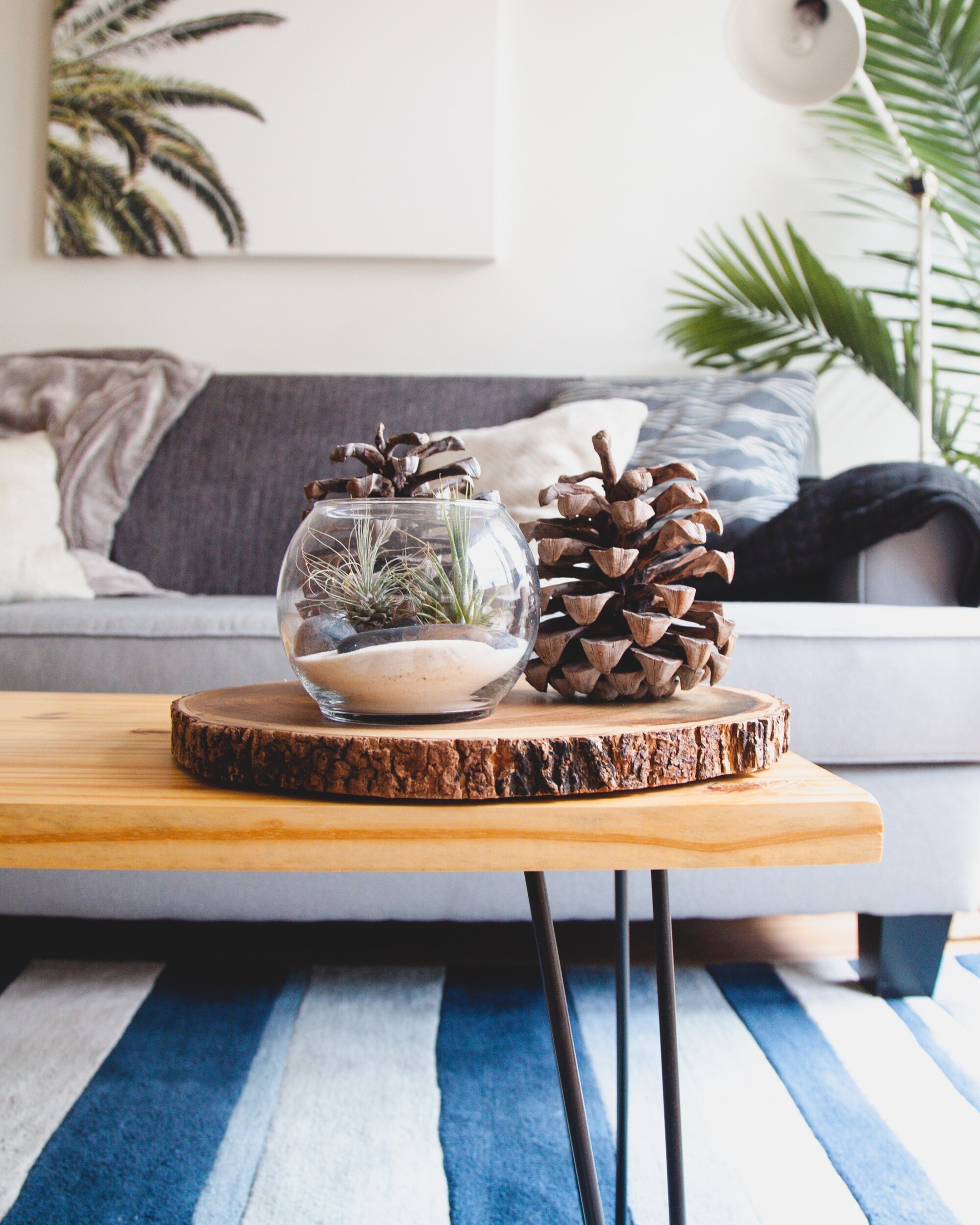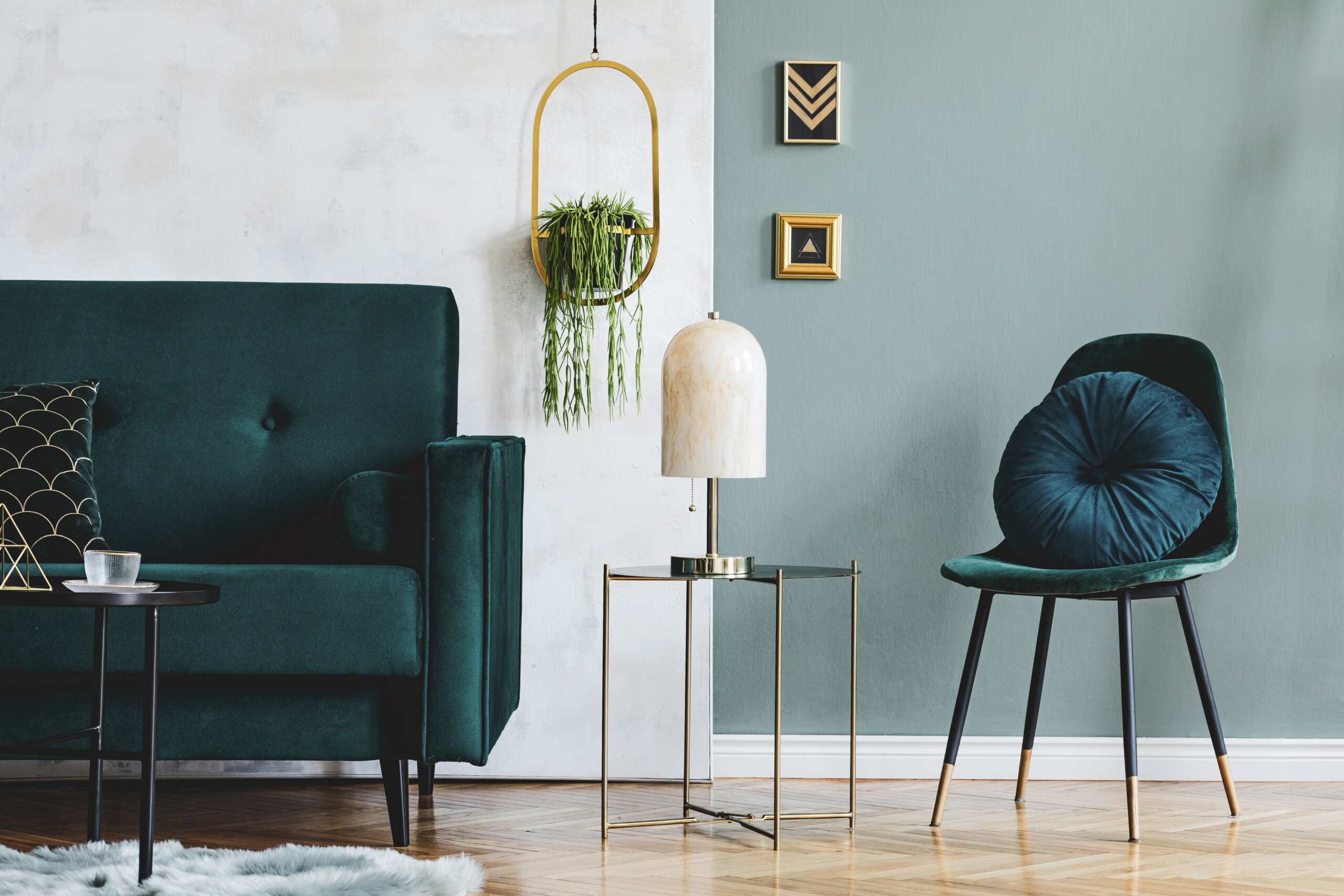Whether you’re looking for a fresh start or want to upgrade any room in your home with confidence, we’re looking at tried & true furniture placement ideas nicked from our interior designer’s wisdom to help you decorate your home like the pros.
Consider arranging furniture a well-studied art form and take in these 17 savvy furniture placement tips to help you make the furniture buying process easy and practical so everything will work with the rest of what’s in your room.
Arrange Furniture The Way You Use A Room
Keep it practical and survey what and how you use a room before planning furniture placement to keep things focused and realistic.
Empty the room of items you no longer want or need, get out the tape measure, and start with the largest furnishings first, and measure the remaining empty area to define the scale of pieces you can add with certainty.
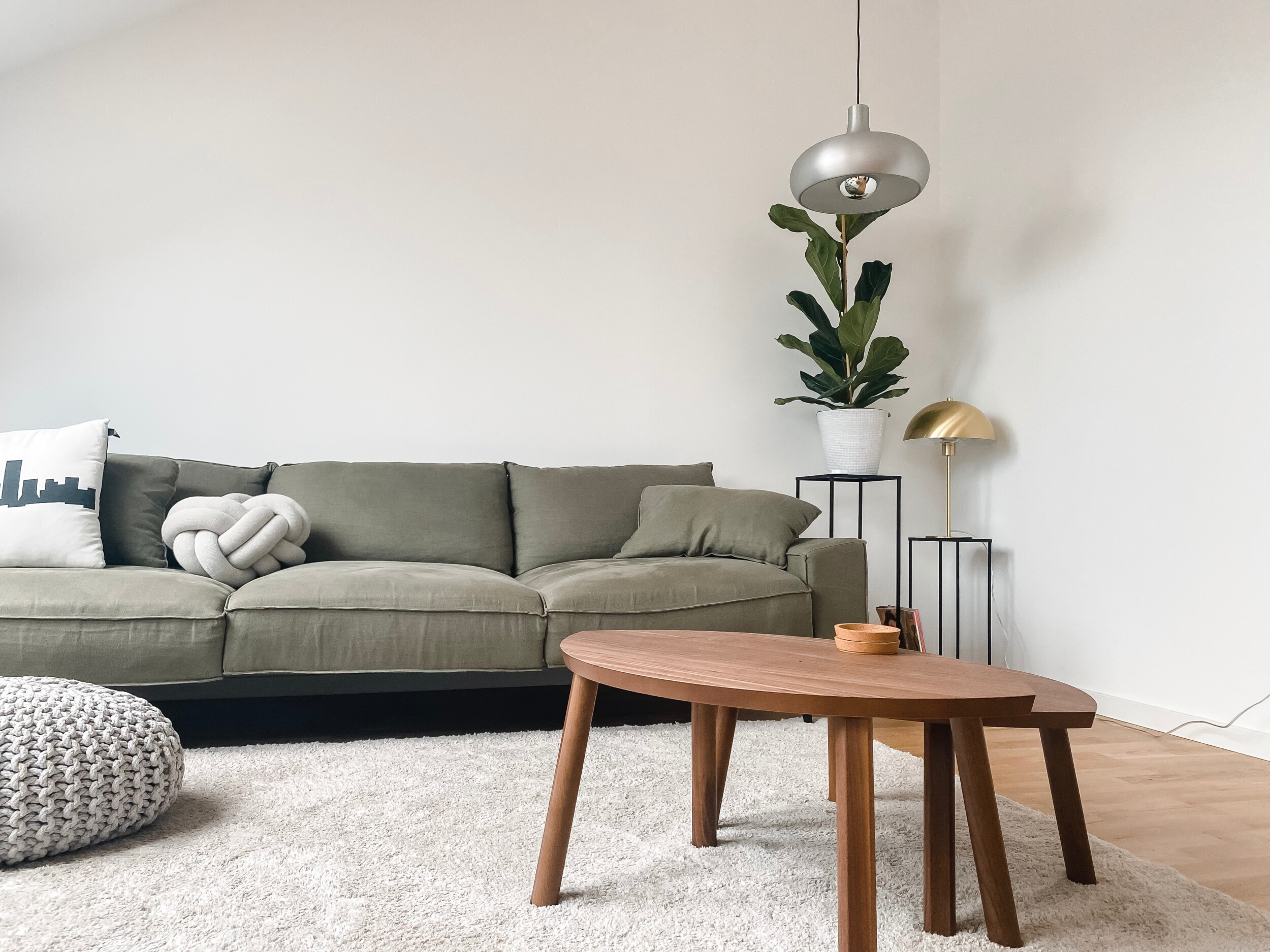
Home In On A Focal Point
It could be something as underrated as a stunning view or something as substantial as the Art-Deco encased fireplace above that you should use to your advantage as a stylish anchor for a room, and a talking point to boot.
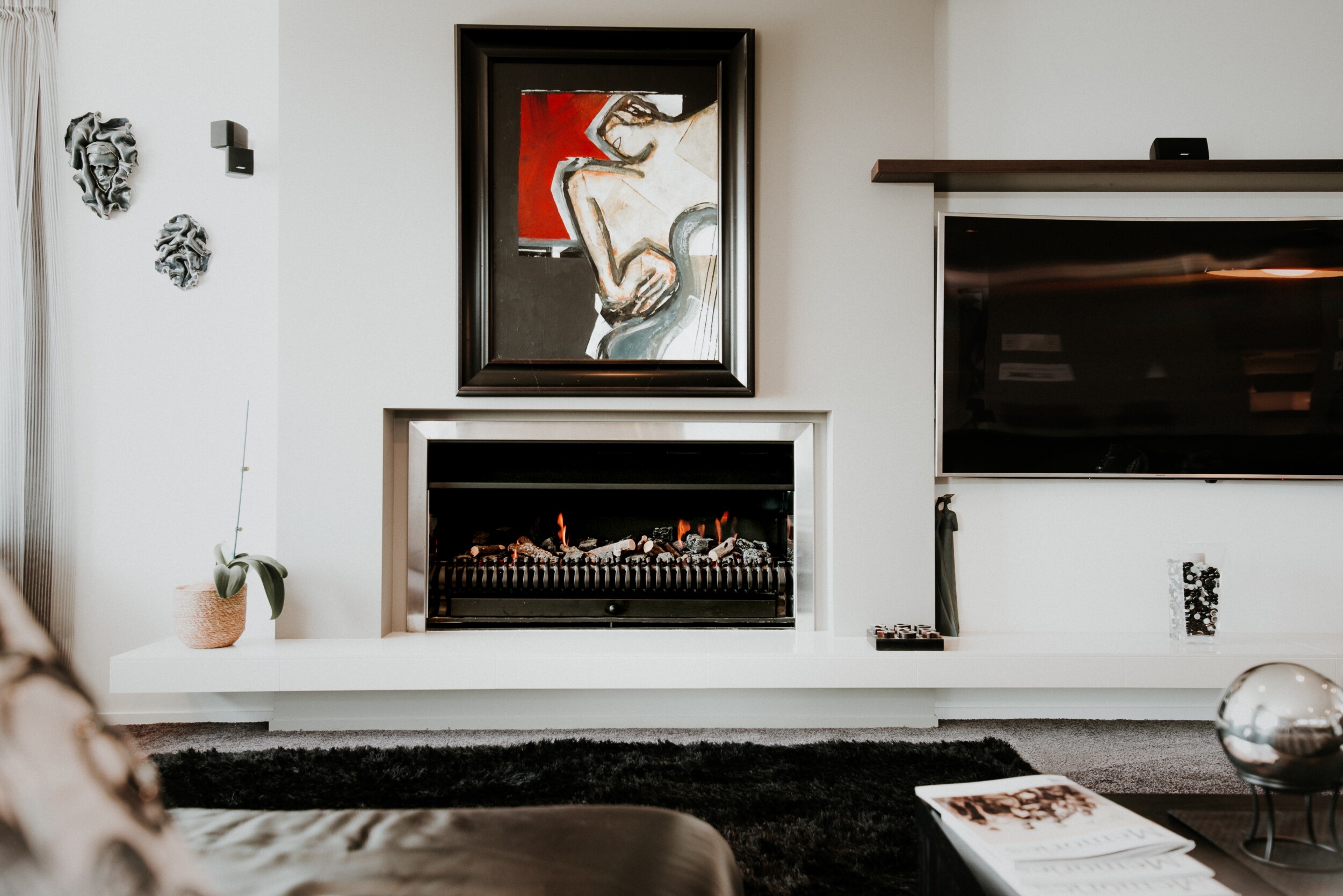
Scale Is Crucial
Play with scale and take note of how the furnishings you bring in work with the architectural elements of your home such as ceiling height and door and window sizes.
And do add a variety of proportions for a sense of play and added visual interest.
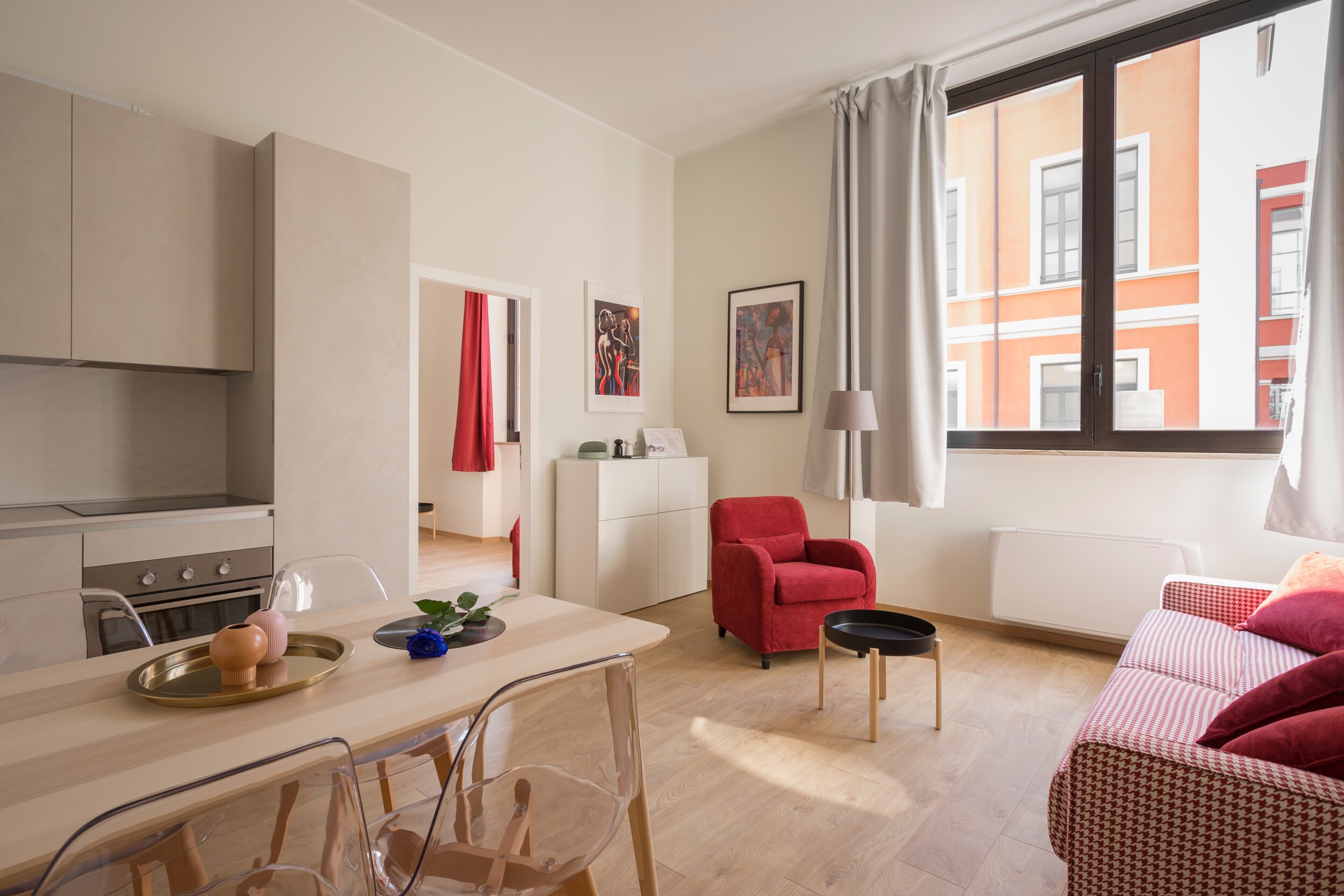
Plan Placement Before You Buy
Because you wouldn’t buy a car or a piece of heirloom jewelry without thinking about how it will work into your daily life, we strongly advise a similar approach when purchasing new furnishings.
Just because you fell in love with the design of that console or the color of that large-scale sofa doesn’t mean that it will work with the furniture placement dimensions your home has. Plan ahead, avoid returns and hassles – and pieces that simply will never work together in your space.
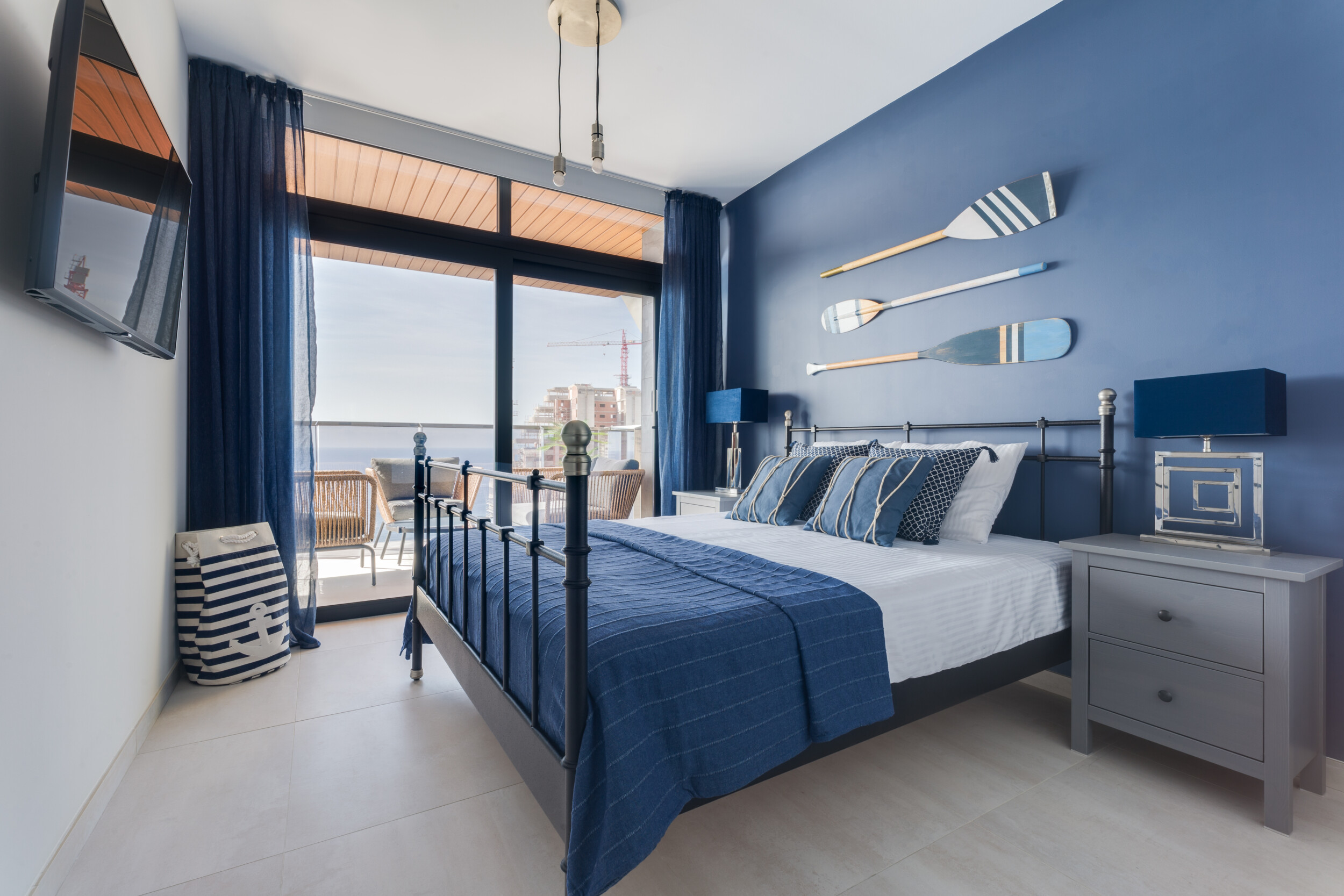
Create Conversation Nooks
For easy conversation areas face furnishings towards each other as guests will comfortably and freely be able to converse with each other with ease.
And while this sounds like a no-brainer, our decorators frequently report that they’ve seen clients skip over this valuable tip time and time again.
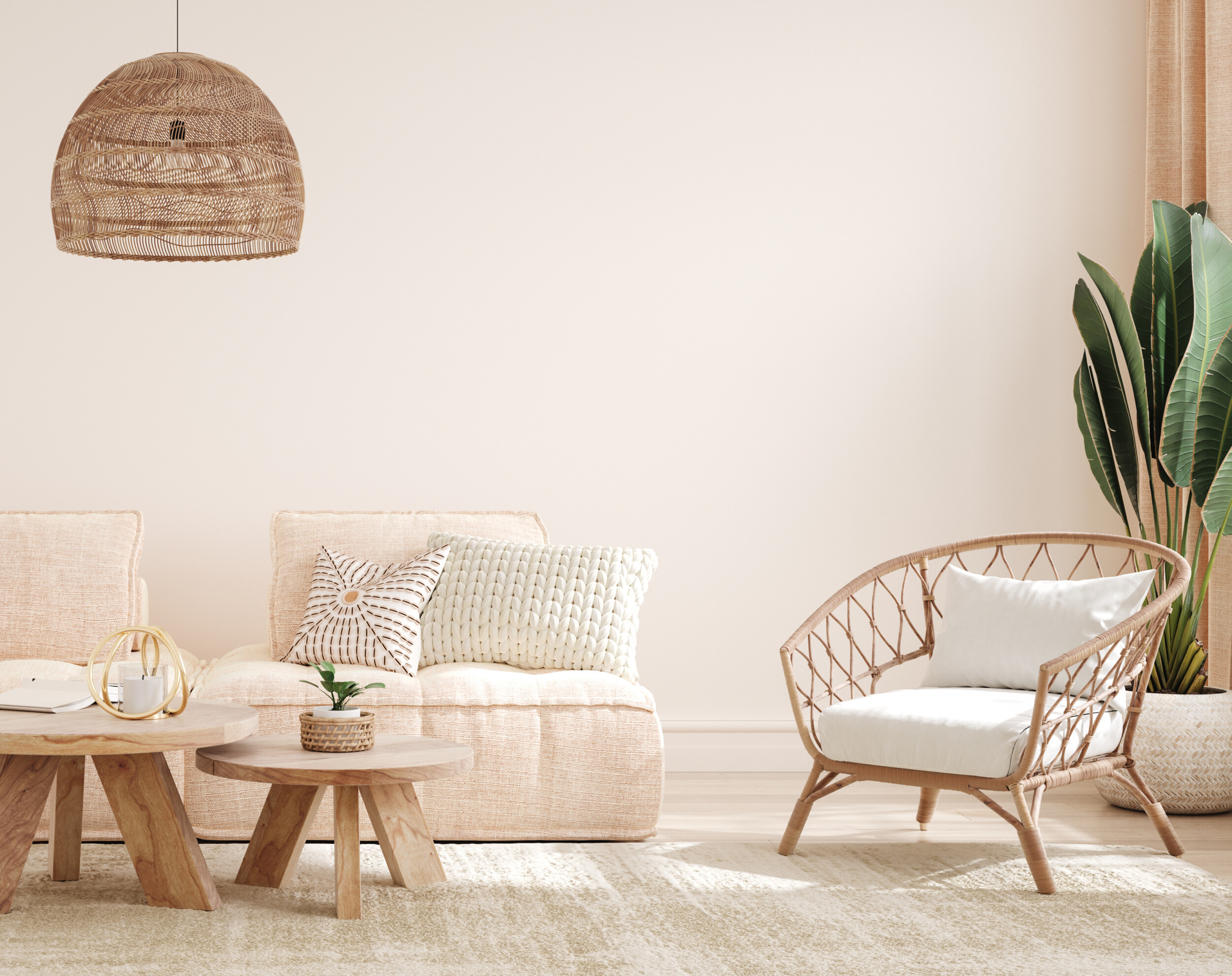
Divide Open Plans
Use smart furniture placement to divide large rooms and open floor plans by creating different conversation nooks and activity areas throughout.
Think a joint living and dining room assembled with furnishings that though they work together, also lend the room two different distinct personalities.
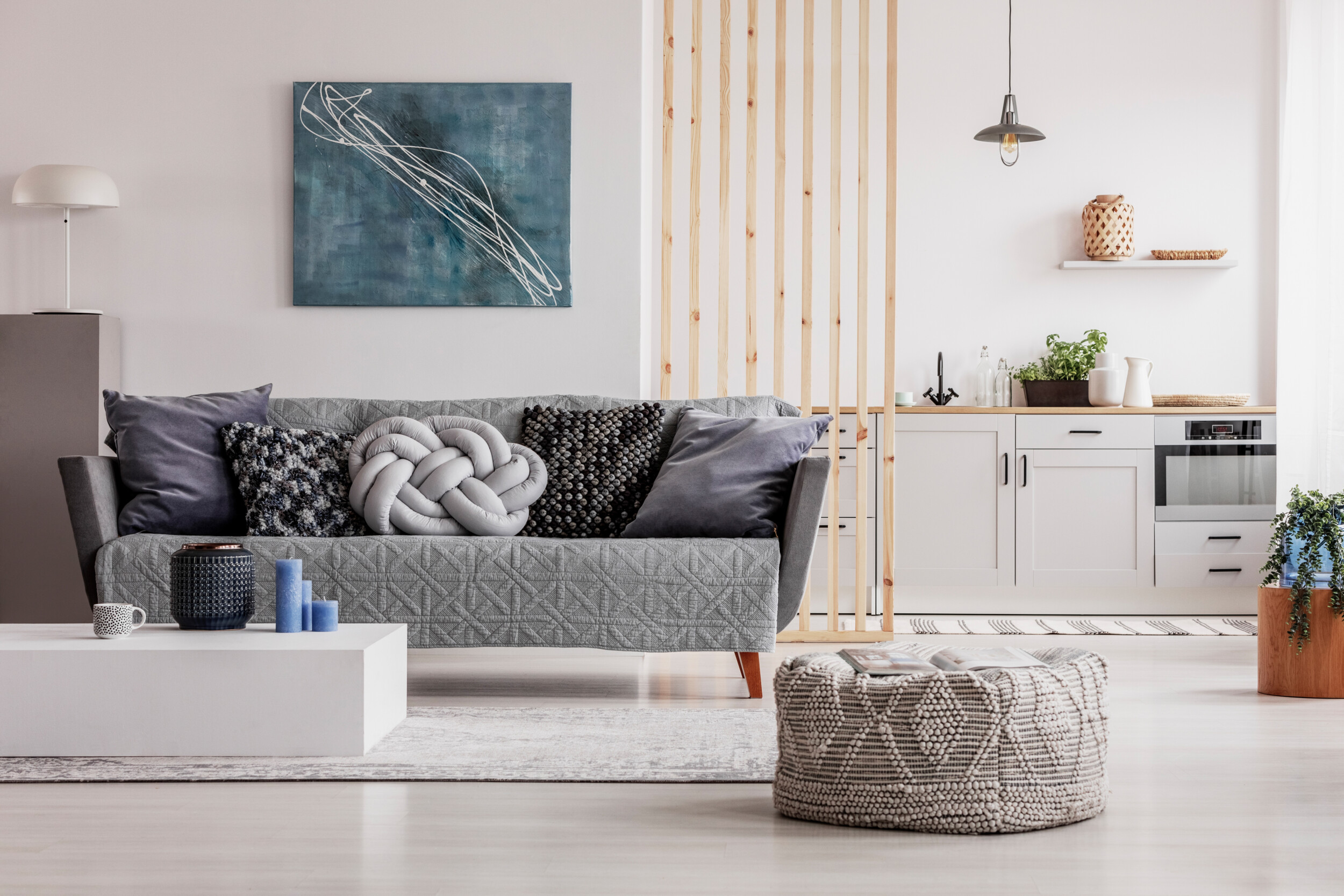
Symmetry For Order
An easy route to mastering furniture placement, keeping things symmetrically housed simply makes sense. It will keep the eye relaxed yet moving throughout.
Just don’t be too symmetrical and do turn matching furnishings like the chairs above a few degrees to keep it visually interesting.
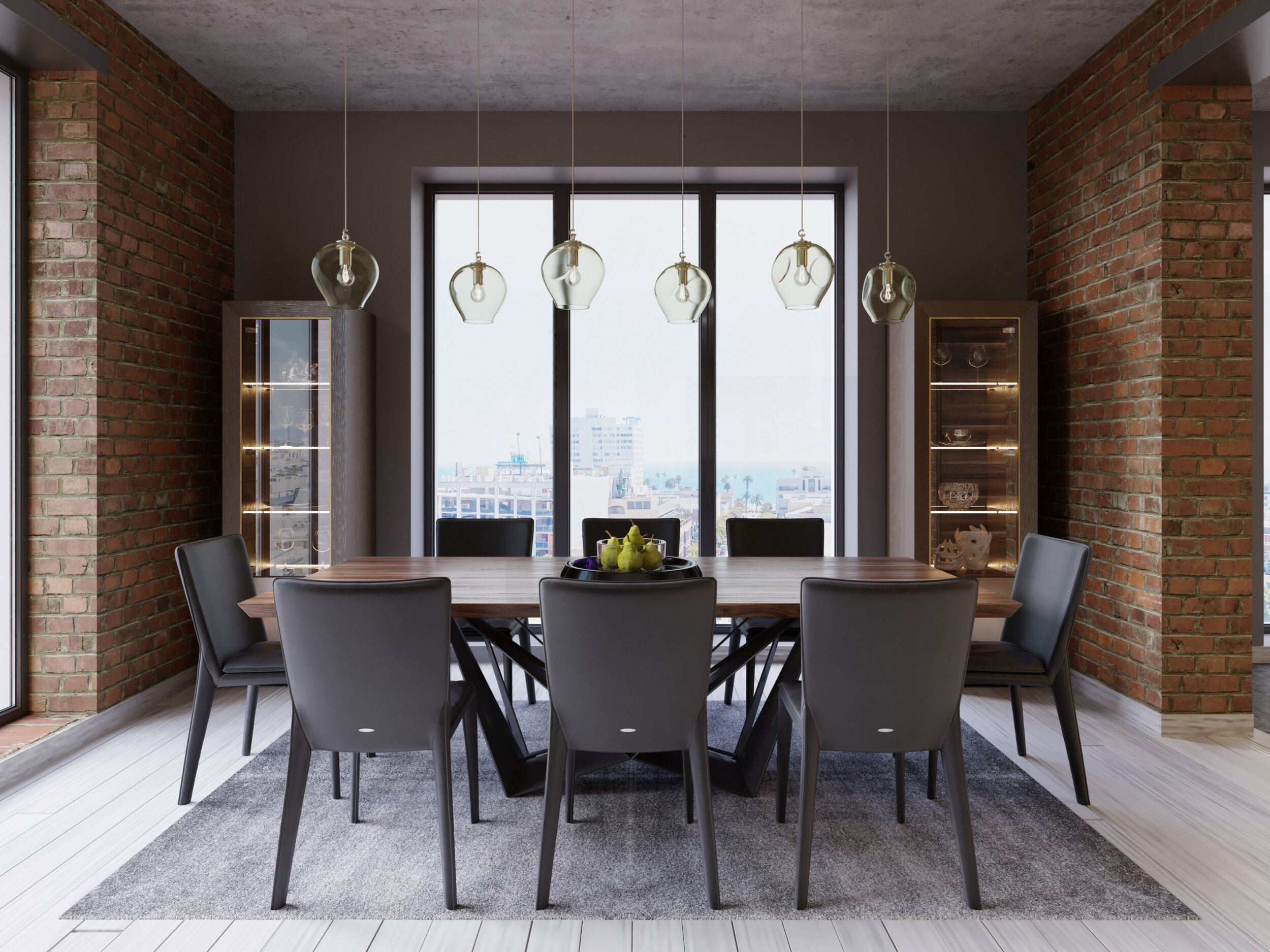
Allow For Flow
No matter the size of a room, it’s vital to create practical traffic flows throughout to keep guests comfortable and to make daily life all the easier.
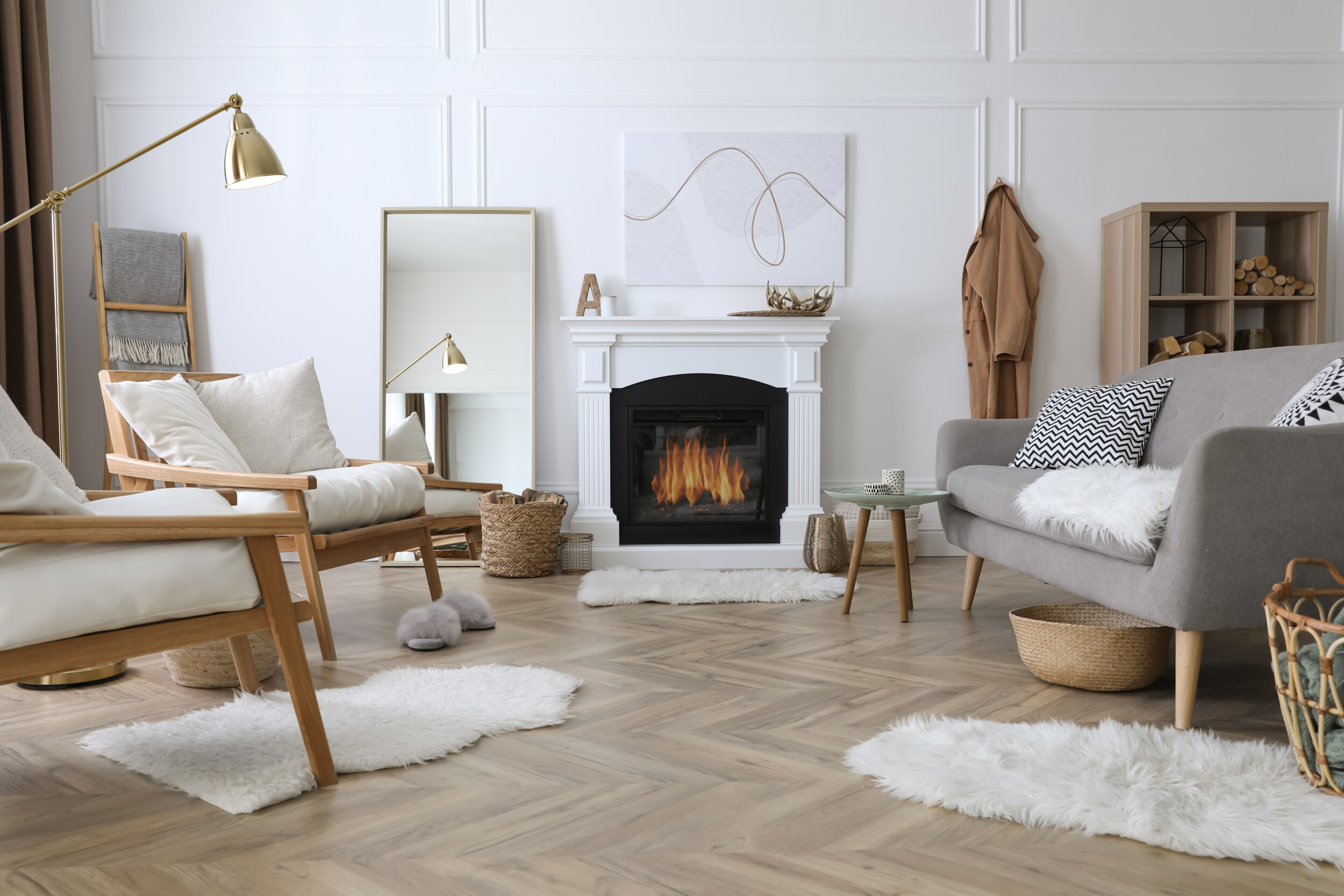
Keep Balanced
By keeping furniture placement balanced and proportionately in tune with the room you’re decorating, you’ll have all the easier of a time making everything work.
That said, again, do play with scale for a dramatic, dynamic effect that’s rich with layered furnishings, as ultimately, a room that is too balanced will instantly read as bland.
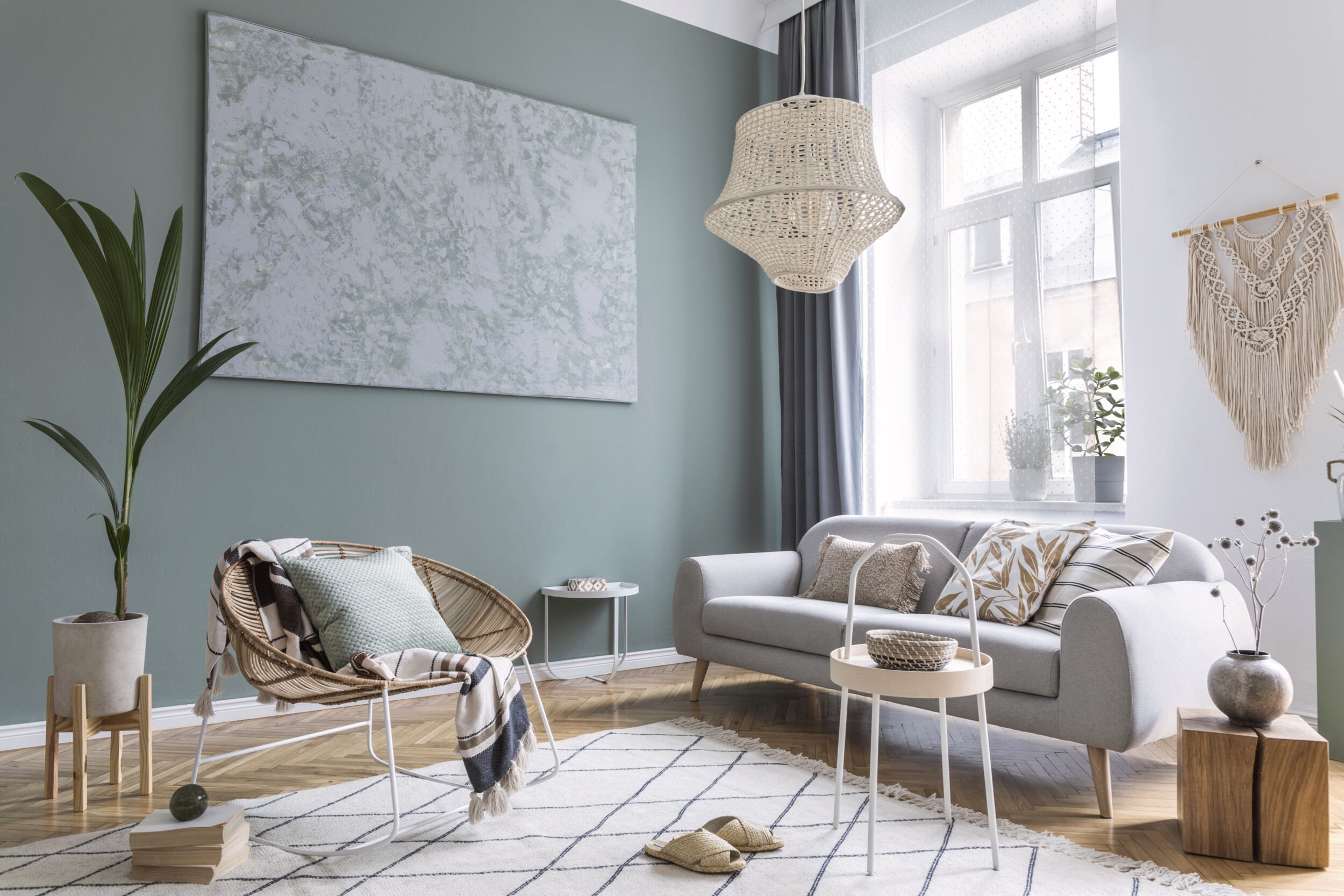
Consider How New Pieces Will Fit
Just like with any decorative task, when contemplating proper furniture placement, do keep in mind how pieces will work and fit together in every space for a fuss-free approach to decorating that will help you avoid any future dilemmas or wrong moves.
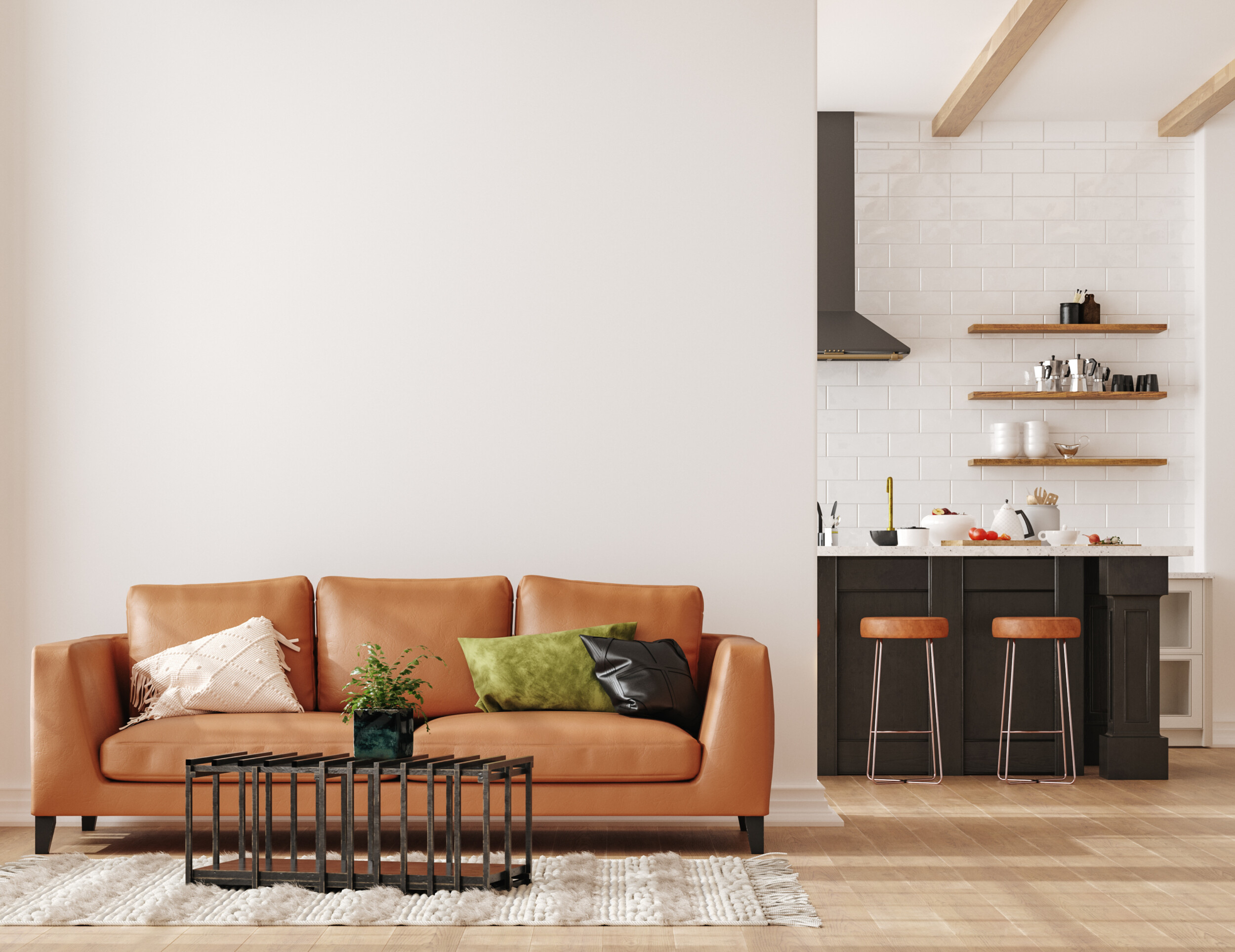
Use Creative Solutions
Sometimes, especially in small bedrooms, there are architectural elements like windows and built-in’s that will take creative solutions to work around.
And though they may hinder prime architectural highlights, get creative with your approach to furniture placement and don’t limit yourself. If you have to conceal part of a window to make your bed work, do it. Ultimately, there are no rules, use your intuition and experiment with all of the possibilities imaginable.
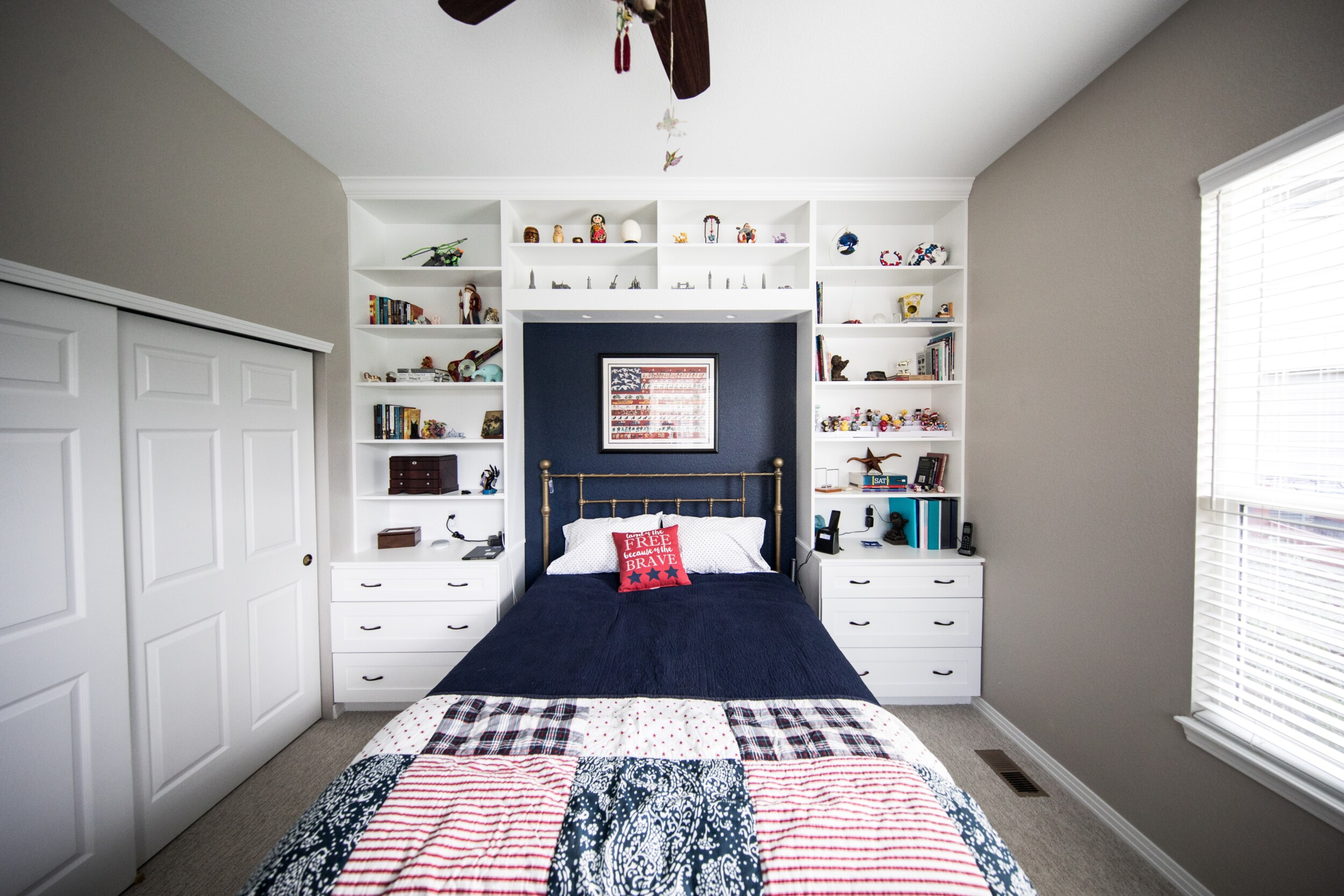
Keep Away From Walls
Create a cozier and more intimate feel in every room, especially living and common areas, by keeping furniture placement decidedly away from walls, whether you have the space or not.
This will instantly create conversation areas, tie everything together, and make a room feel easily larger.
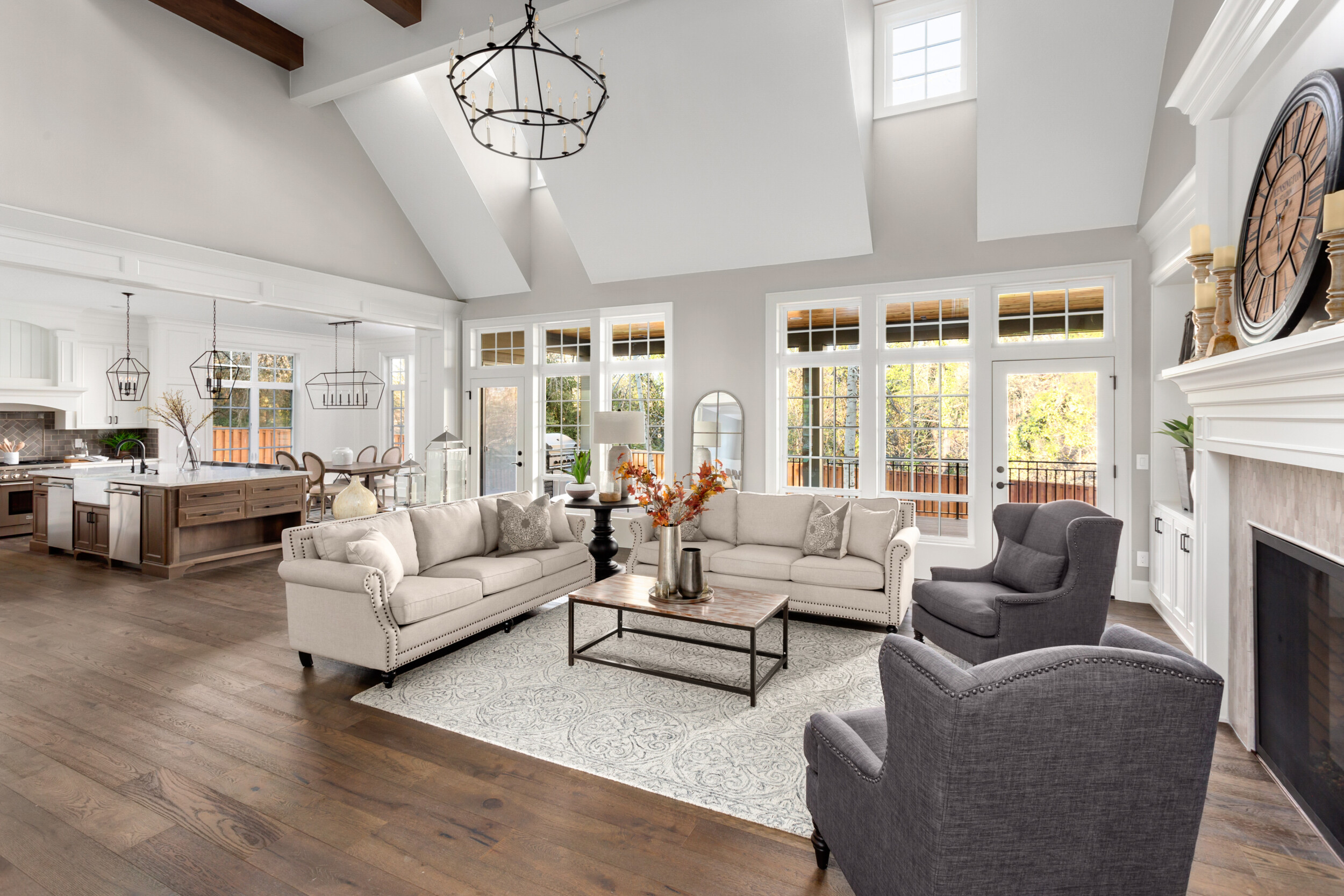
Make It Feel Larger With Diagonals
Though the room featured here is ample in size and radiates beautiful natural light, note how the two slightly angled gilded anchor chairs give off a more casual effect with furniture placement that doesn’t feel stuck in place or rigid.
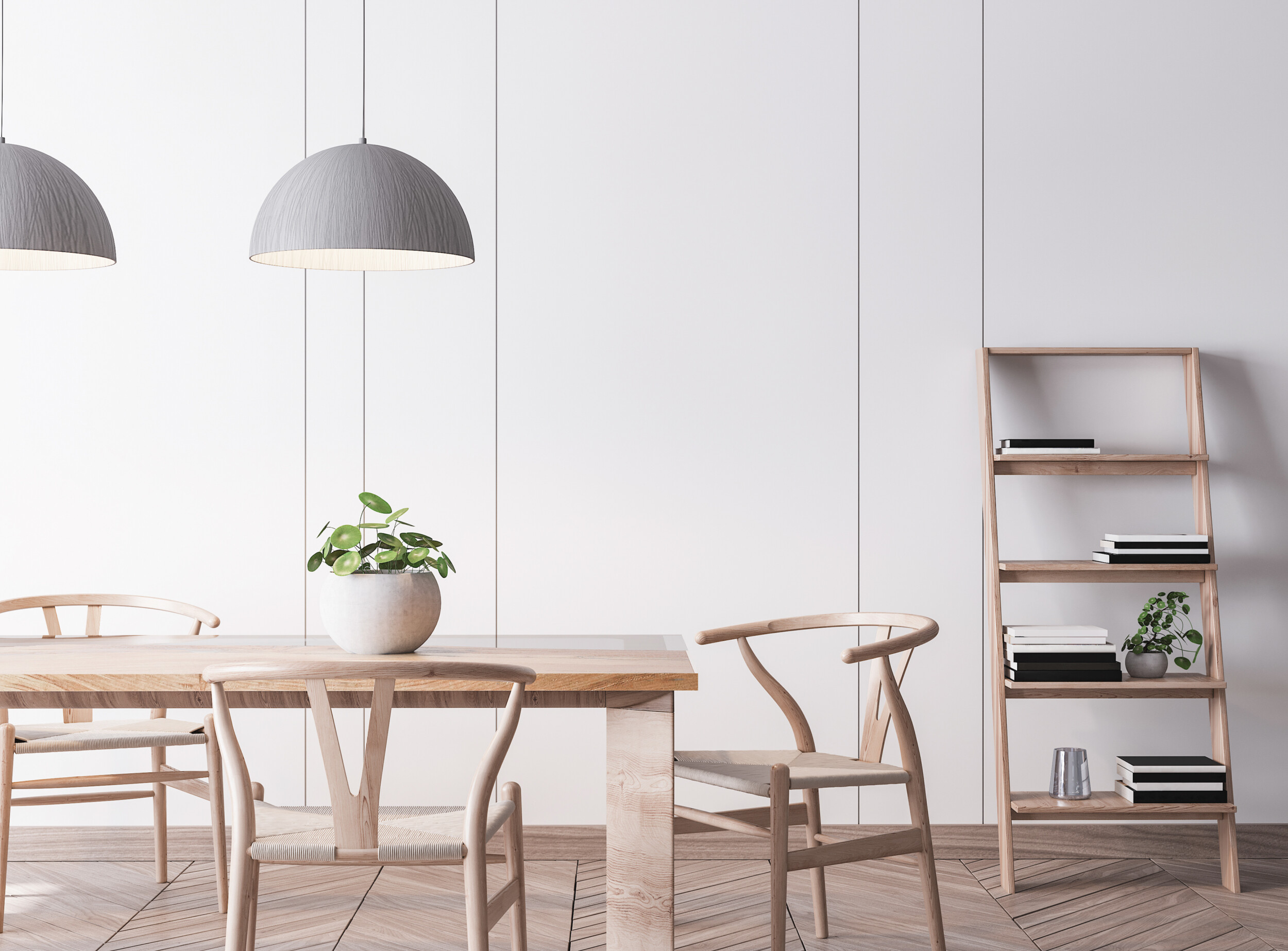
In fact, the key here is really about an organic feel that’s casual and reflects the way we really live as they would look totally different trapped in a corner or placed directly in front of a wall.
Create Activity Zones
Make events and gatherings in your home all the better by creating practical and conversational activity zones with thoughtful furniture placement that will keep the entertaining running smoothly and uninterrupted – without having to move pieces around to make it all work together.
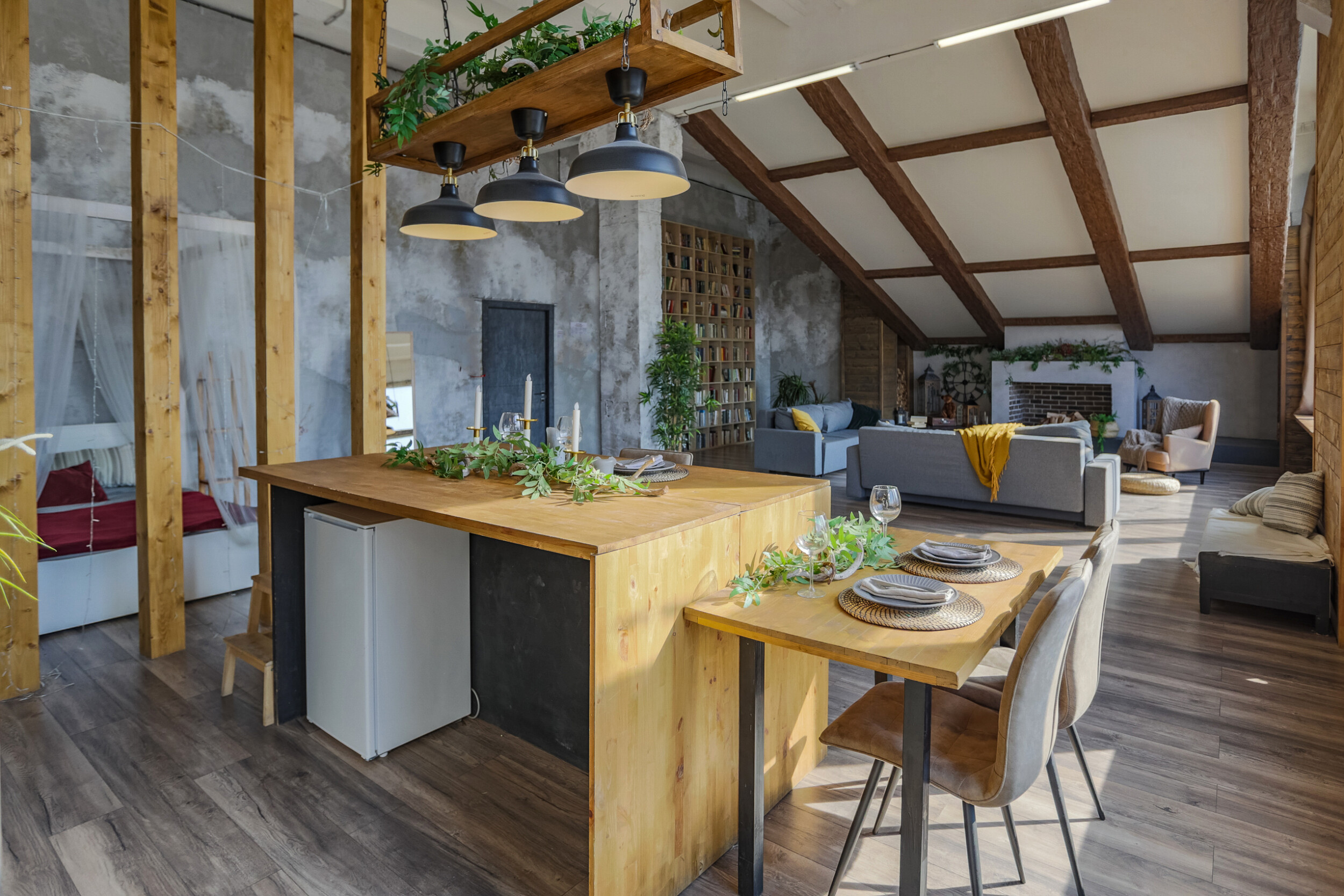
Experiment
Do play around with furniture placement and move things around and from room to room every so often for quick room refreshes that won’t cost a cent.
Plus, by taking a bold and creative approach to the way you place décor, you’ll have a home that looks like no other with unexpected and conversation-starting furniture placement.
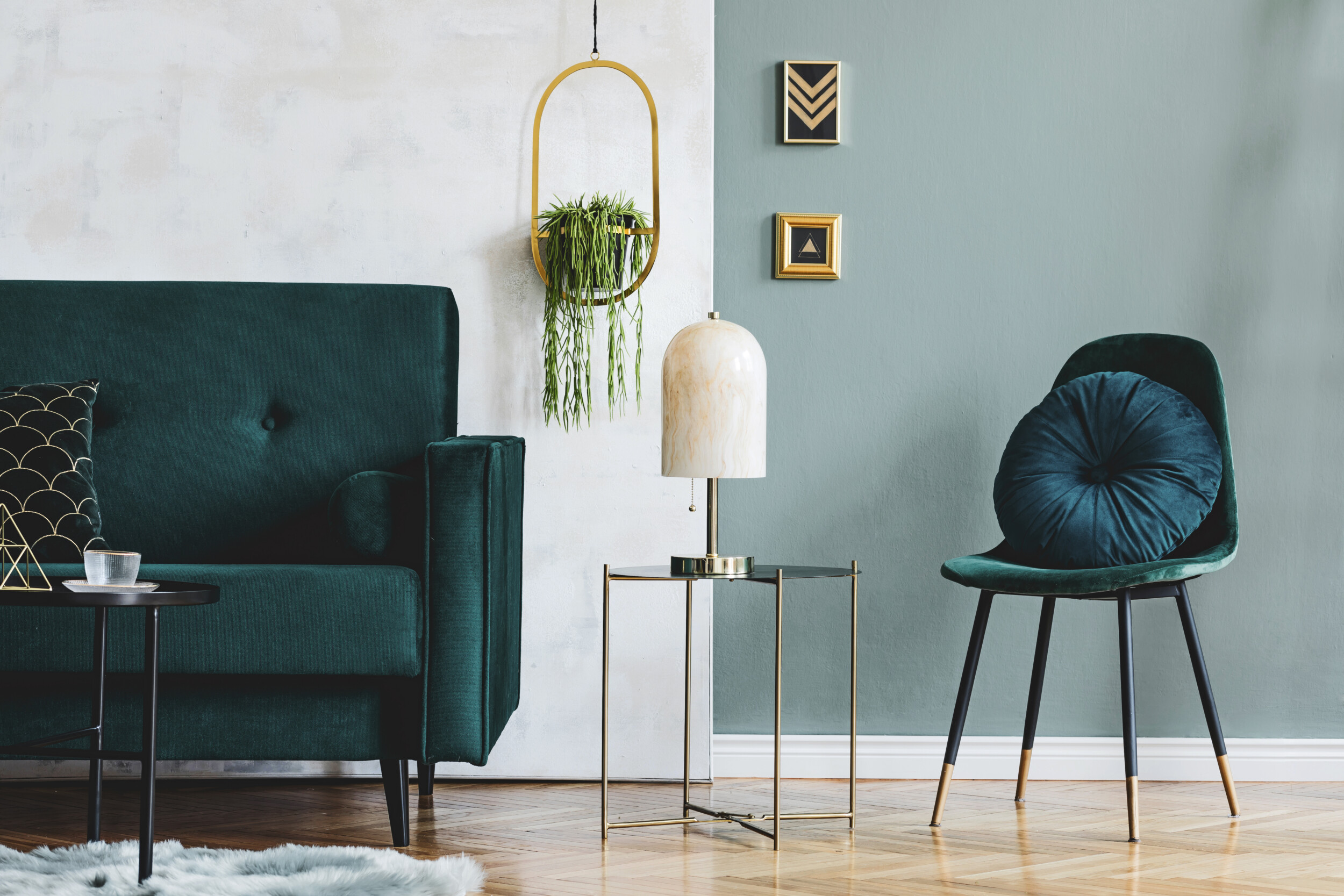
Tie Everything Together With Flooring
Whether you’re working with carpet, rugs, or wooden or tiled flooring, use it as a dynamic feature to highlight your furniture placement and to tie all of the various elements you’ve introduced in a room seamlessly together (best if a neutral or solid).
And as rugs get tons of daily wear and can go out of style quicker than furnishings, keep in mind that you have the freedom to switch them out every so often depending on your mood and budget.
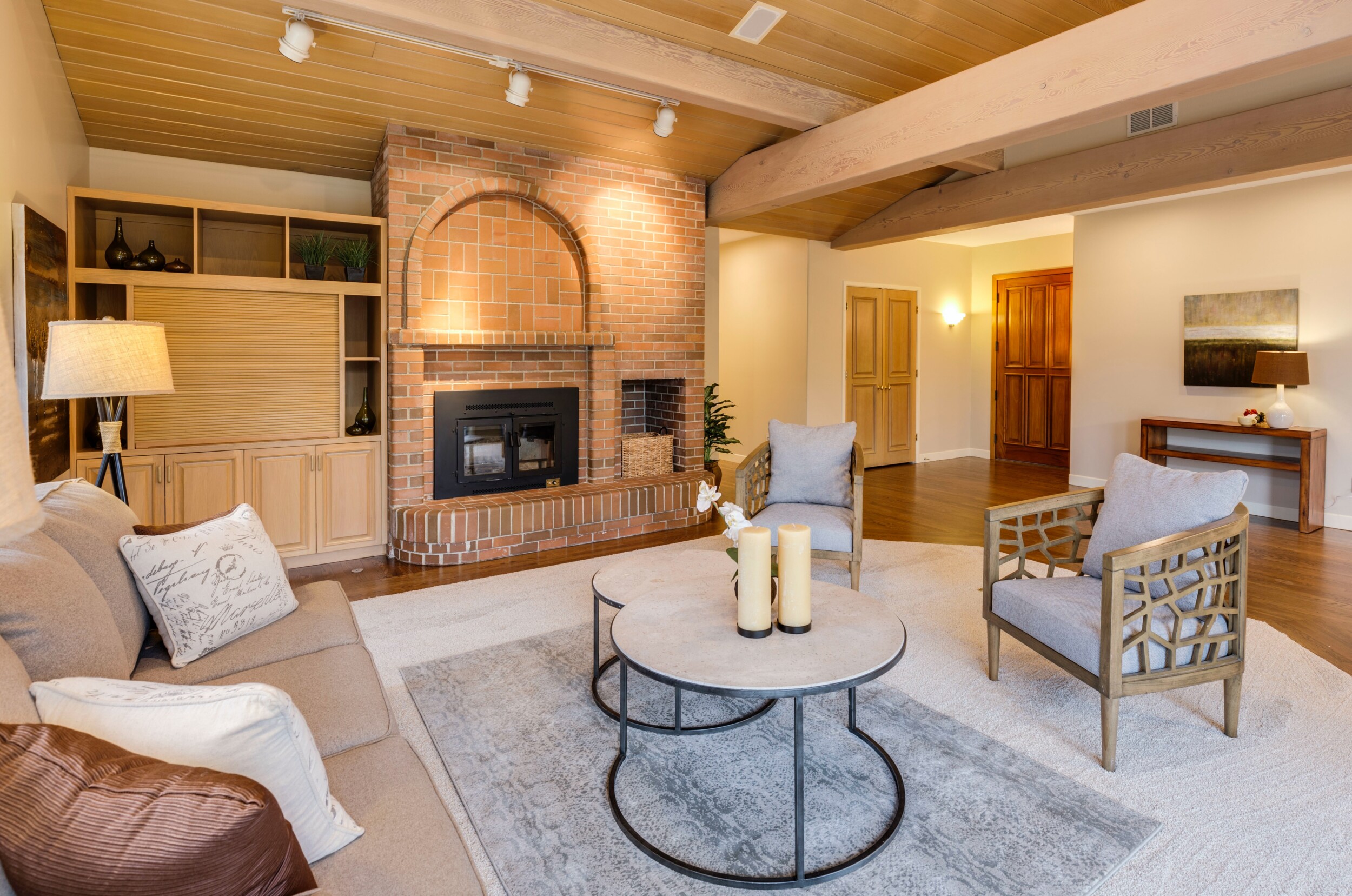
Artwork For Depth
Just like decorative accessories like vases and collectibles, use art as a finishing touch to complement and add personality to your considered furniture placement and to add intriguing depth to any room in your home.
